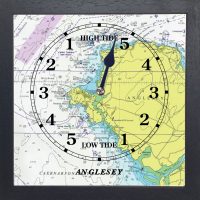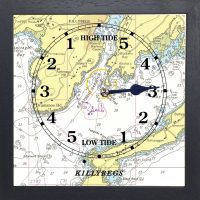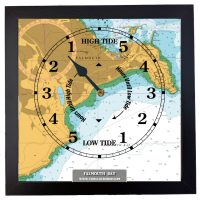Barley Cove in County Cork offers a stunning sandy beach backed by wide dunes, including shifting white dunes and fixed grey dunes. You can reach the beach via a floating pontoon bridge over a tidal estuary from the nearby car park. The beach faces the Atlantic Ocean and features safe shallow waters perfect for families, swimmers, and surfers. Lifeguards patrol during summer to keep visitors safe. Barley Cove boasts diverse habitats and breathtaking coastal views. Whether walking, surfing, or picnicking, it suits all beach lovers.
Our Barley Cove map centers on Barley Cove Bay, which lies open to the Atlantic Ocean on the western edge. To the west, the coastline stretches along sandy beaches like the White Strand, and rocky headlands such as Devil’s Rock and Benwee Point mark the shore. Moreover, Brow Head anchors the southwestern corner.
Moving northward from the cove, the map shows Galley Cove and several smaller inlets, while Reen Point and Nagower define coastal features. Additionally, small quays, ruins, and rocky points appear on the northern shoreline.
On the east side of Barley Cove, the inland terrain rises toward hills and elevated ridges like Coosavaud and Killeane. The map also reveals freshwater streams and tidal lagoons, with roads and paths weaving through the area, connecting scattered settlements.
Other notable locations on the map include Reen Point, Coosaniska, Mizen Peak, and Lissagriffen Lake.
A tide clock is a device that tells you if the tide is high or low, and how much time is left before it changes. It works by synchronising with the lunar cycle, which influences the tides. The tide clock has a single hand that rotates once every 12 hours and 25 minutes, which is the average time between two high tides or two low tides. The dial of the tide clock is divided into sections that indicate the state of the tide: high, low, rising, or falling. By looking at the position of the hand, you can tell what the tide is doing and how long it will take to change.
A tide clock can help you plan your activities around Barley Cove by letting you know when the water is high enough or low enough for your preferred activity. For example, if you want to swim, you might want to avoid low tide, when the water is shallow and cold, and the mudflats are exposed. If you want to fish, you might want to avoid high tide, when the water is deep and fast, and the fish are dispersed. Going sailing, surfing, or kayaking? You might want to choose a time when the tide is rising or falling, which creates more favourable conditions for these sports. If you want to walk along the shore, you might want to choose a time when the tide is low, which reveals more of the beach and the wildlife.
A marine chart is a map of the sea and shoreline that shows water depths, hazards, and features you can use to understand the geography and infrastructure of a coastal location. It uses symbols and numbers to show how deep the water is at different places, where rocks, sandbanks, or wrecks are, and where channels are safer for boats. The chart marks landmarks on land—like lighthouses, piers, and headlands—so you can match what you see to the map.
The Barley Cove Tide Clock contains full instructions on how to set and how to read a tide clock.
This is not a navigation device.

€65.00



“We received the tide clock this week and it is so fantastic, so beautiful! We love it. We just hit high tide on a full moon 5 min ago and I set it! Thank you thank you thank you and hope you are all doing well. I also was very excited to get a package from Ireland. That was half the fun!”
JF
“ I just received the tide clock that I ordered today, and I just wanted to say thank you! The service was so prompt, and the clock is amazing. It was great to find a gift for my husband who is very hard to buy for! He and my eldest daughter love to go fishing in the summer, so this will be very useful. Thanks again! .”
ML